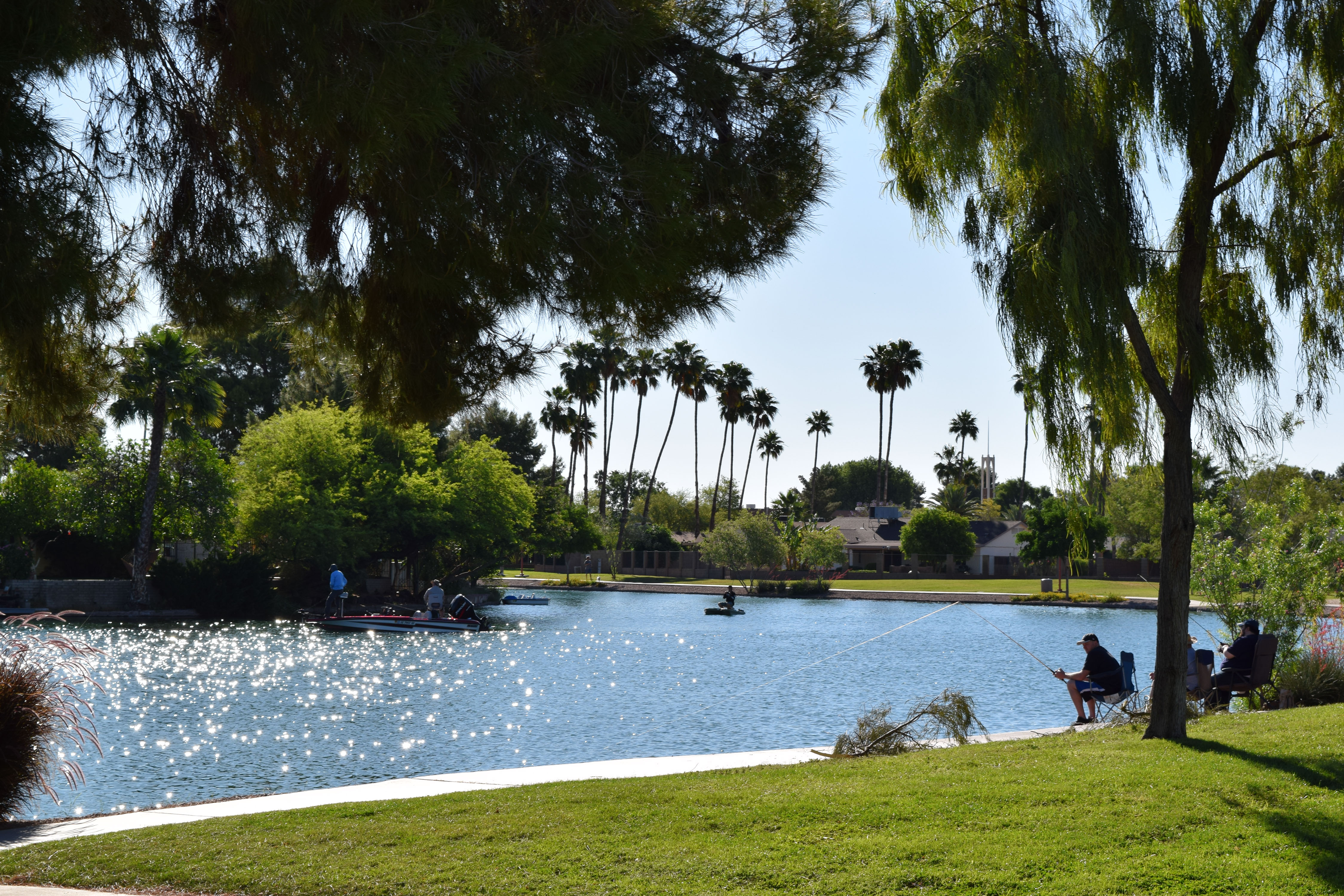
3 minute read
Why We Should Not Feed The Ducks!
By Chad Turner
One of my fondest memories of visiting my grandmother in Tucson is when we would take a loaf of sandwich bread to the park and feed the ducks. Being a small child and not understanding, I was doing them more harm than good. Recently, in the Dobson Ranch weekly emails, I have requested suggestions for articles to place in this publication, and many have responded with the topic of feeding the ducks. In my research, I came across this article from National Geographic that explained why we should hold back the urge to feed the ducks human food. I will always keep those memories close to me, and I am sure my grandmother was unaware of the harm we had caused to that local habitat. Even though those ducks have long passed, it is essential to know our local wildlife.
National Geographic - Education Blog
Ducks are omnivores, meaning they regularly consume a variety of foods, including plants, animals, algae, and fungi. Ducks are a wildly varied species, with cosmopolitan distribution ranging from sub-Antarctic islands to tropical Hawaii to all those subtropical Canada geese. Their diets are dependent on their habitat. Having said that, ducks regularly eat: algae and aquatic plants worms, crustaceans, and snails and other mollusks small
fish and fish eggs insects berries, fruit, and nuts small amphibians such as frogs, newts, and salamanders
So, most people have been feeding ducks all wrong. Why do experts recommend not feeding ducks bread crumbs?
It’s junk food that offers little-to-no nutritional benefit to the ducks. “White bread in particular has no real nutritional value, so while birds may find it tasty, the danger is that they will fill up on it instead of other foods that could be more beneficial to them,” says a spokeswoman for the Royal Society for the Protection of Birds. Reliance on human-supplied food keeps ducklings from learning how to forage healthy food for themselves.
A high-carbohydrate, high-protein diet is associated with a wing deformity known as “angel wing” or “airplane wing”. Angel wing is a condition where the last joint on the wing is distorted and causes the end feathers to stick out laterally—sideways—instead of lying flat against the body. This prevents the bird from flying.
Specifically, a high-protein diet contributes to the wing bones growing too fast and making the wing too heavy for the joint. The excessive growth also twists the joint.
Angel wing can be reversed in ducklings but is incurable in adults. Uneaten bread crumbs attract predators, grow mold that makes ducks and other riparian critters sick, and contribute to the growth of cyanobacteria and harmful algal blooms.
National Geographic (2017). Retrieved from https://blog.education.nationalgeographic.org/2017/03/27/stop-feeding-ducks-bread/








